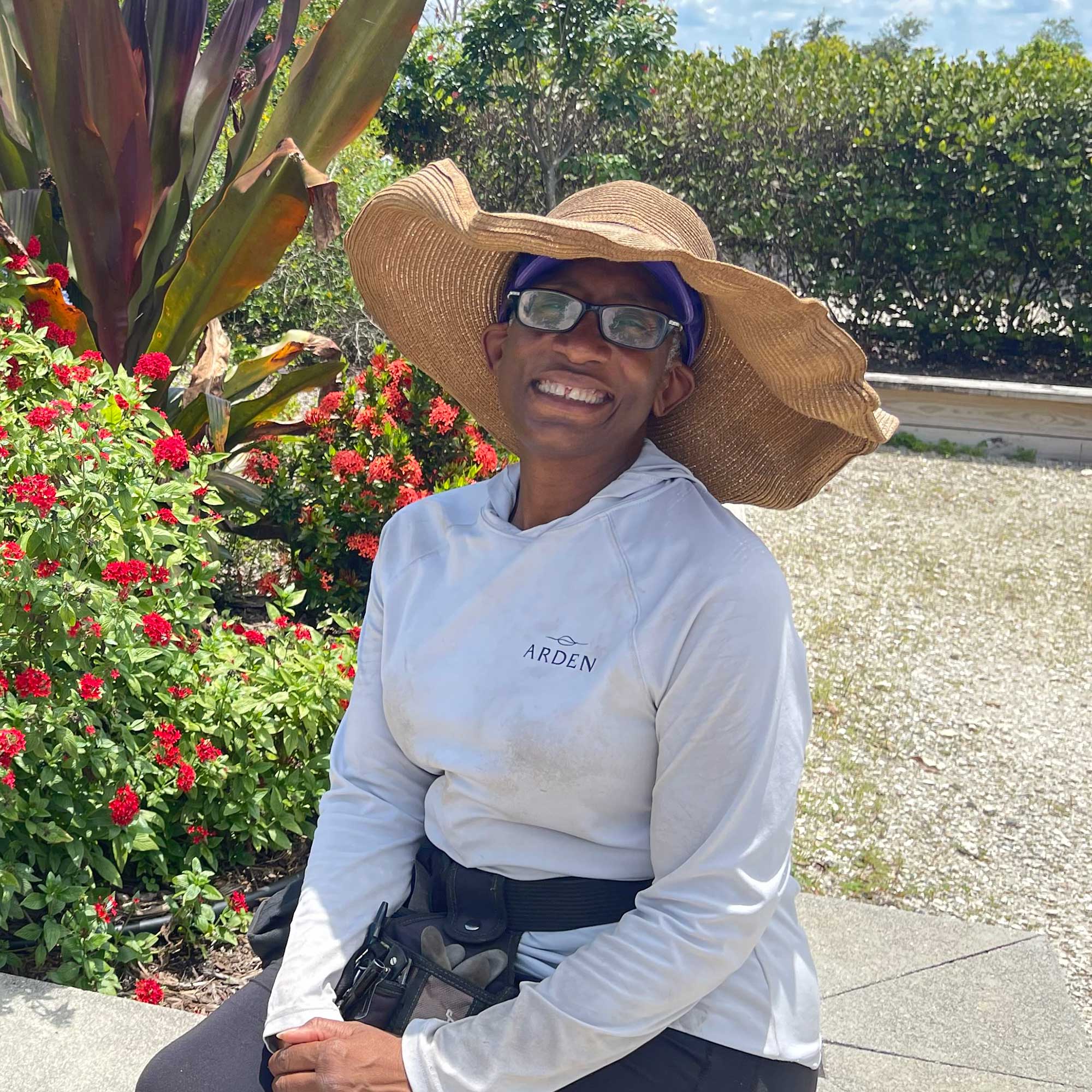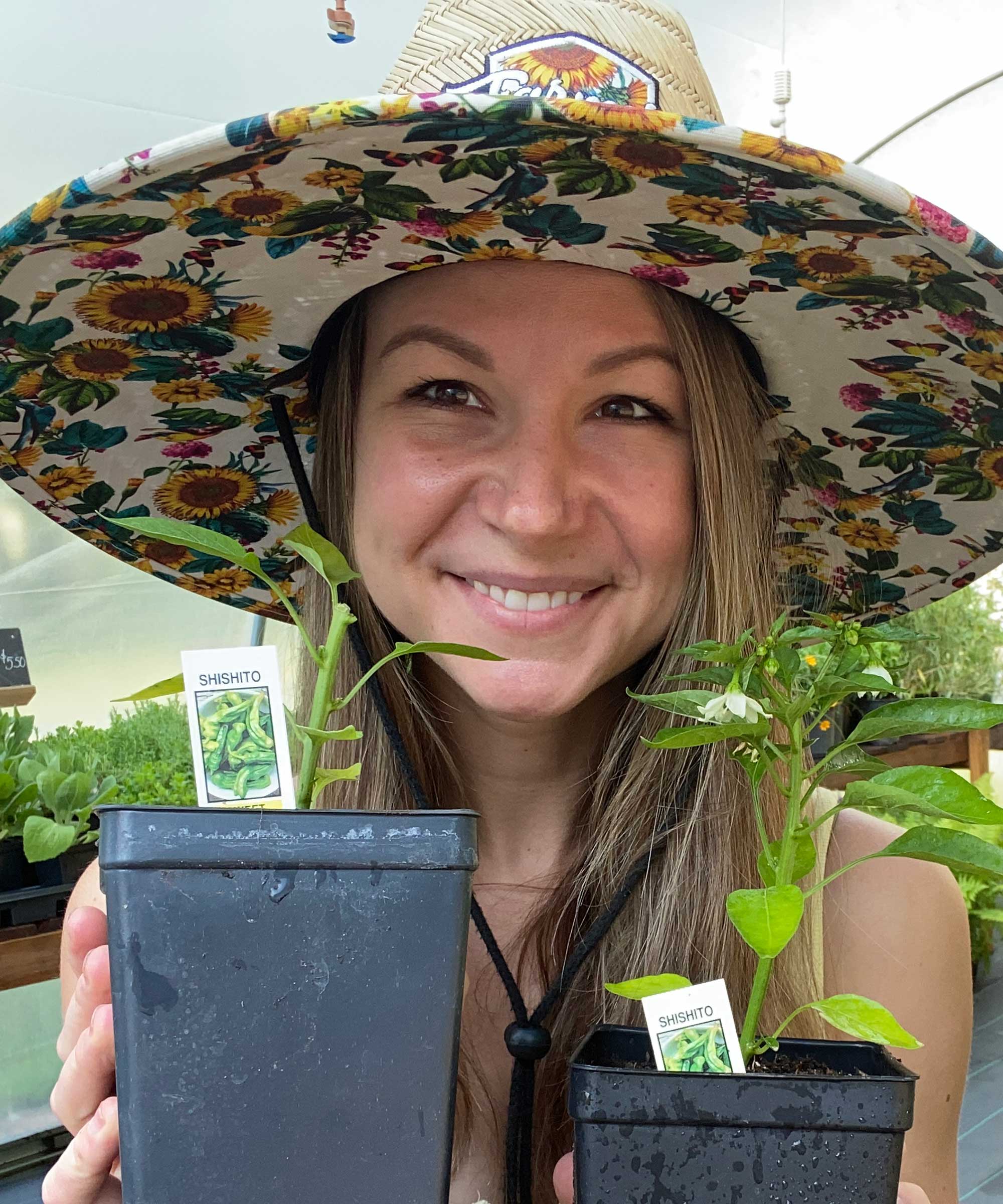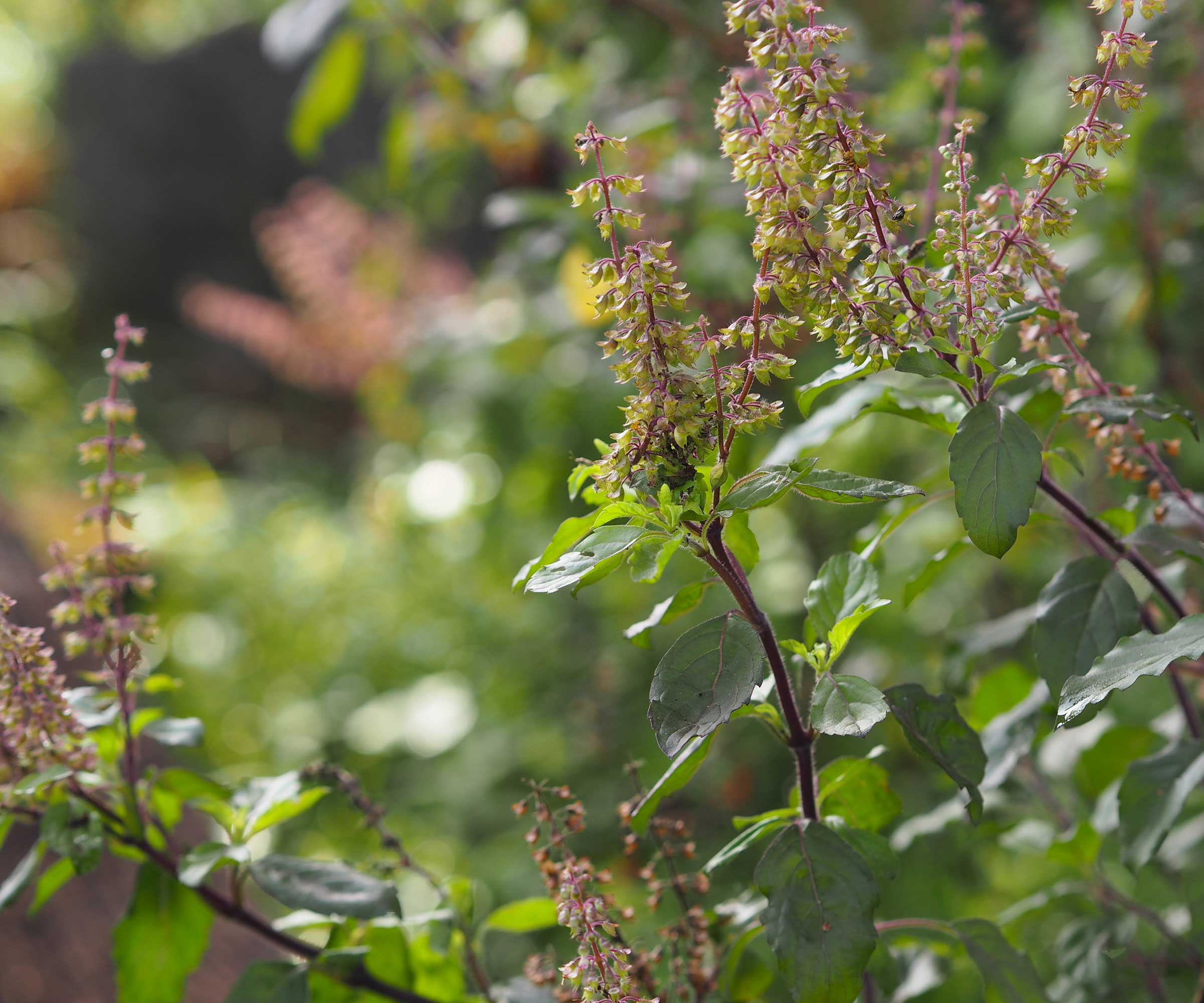How to save basil seeds – to grow new herbs for free
Enjoy more of these aromatic plants by harvesting the seeds – it's easy with this expert advice


Q: I grew a crop of basil in my kitchen garden this summer and absolutely loved it. I heard that they won't survive the winter frosts, so can I collect the seeds to sow new plants next year?
A: Growing basil is a delight – it's a delicious addition to pasta, pizza, and pesto, and generally easy to look after if you keep it protected from slugs. But, you are correct in thinking it's a tender plant. And, because of this, it's often treated as an annual when planted outdoors.
While many gardeners simply purchase and plant a new pack of seeds the following spring, harvesting the seeds is an even more affordable and sustainable approach to growing this fragrant herb.

Basil is easy to grow from seed
A guide to harvesting basil seeds
Grow more of these delicious outdoor and indoor herbs by learning how to harvest the seeds from existing plants.

Seeds are harvested from basil flowers
Choosing basil varieties to harvest seeds from
'There are many different varieties of basil, ranging from heirloom to hybrid varieties,' says Charmaine Peters, a gardening expert. 'I recommend heirloom basils for consistency and the most proven characteristics. On the other hand, while hybrid seeds cannot guarantee the exact characteristics of the parent plant, they can create a range of characteristics that will surprise and delight.
'If you plan to grow one type, I recommend sweet basil,' Charmaine continues. 'It is the best variety for flavor and the most common in grocery stores. Sweet basil will give you a mild, peppery, sweet taste and an abundance of big leaves.'
Charmaine recommends Thai basil if you want a bolder and spicier flavor. 'It's also great when you want a more aesthetic appeal in your garden,' she says, commenting on the purple stems and pink and purple flowers. 'It's perfect for soup, curry, barbecue, and stir-fried food because it can stand the high cooking temperatures.'
Lemon basil, available from Burpee, is another popular option. 'It is known for its refreshing and sweet, citrusy aroma,' Charmaine says.
Design expertise in your inbox – from inspiring decorating ideas and beautiful celebrity homes to practical gardening advice and shopping round-ups.

Charmaine Peters is the farm director at Arden, an Agrihood community in Wellington, Florida. She manages the community’s five-acre working farm, as well as a monthly farm-share program for residents.

Thai basil has purple blooms
How to collect basil seeds
'Typically, basil plants will start to flower anywhere from 8-12 weeks after germination,' says Anna Ohler, the owner of Bright Lane Gardens nursery. 'It is important to note that once a basil plant starts to flower, their leaf production will usually start to decline.' For this reason, you would normally remove any flowers as part of your basil pruning regime, but if you plan on harvesting the seeds, you'll need to allow some of the flower spikes to grow tall. 'You should take a healthy harvest of basil leaves before letting the plant go into its flowering stage,' Anna notes.
'Once the flower petals start to die off, seed pods will start to form,' continues Anna. You can harvest the seed pods once they turn brown and begin to dry out, she says.
There are two ways to collect the seeds, as Charmaine points out. The first is to pick the flowering stem, then roll the flowers between your thumb and forefinger to get the tiny black seeds from their pods. You can harvest about five to six seeds from each pod, she says.
Alternatively, you can use a fine mesh strainer. 'Place the dried flowers in it and roll them with your hands against the mesh to separate the basil seeds from the petals.'

Anna is an avid plant hobbyist and the owner and operator of Bright Lane Gardens, a boutique plant nursery in Northern Michigan. With over a decade of experience in gardening and landscaping, she takes every opportunity to share her knowledge on all things plant related. She also runs the company's YouTube channel, which is full of practical advice.

Harvest the flower spikes once the blooms have died back and the seed pods have developed and dried
Storing basil seeds
'After harvesting the basil seeds, store them in a paper envelope, a sealed glass jar, or a plastic container and place them in a dry location away from direct sunlight and heat,' instructs Charmaine. 'If using plastic, always make sure that the seeds are completely dry before storing them, because moisture can cause molding.'
You can also freeze the seeds, but only when they are completely dry, she continues. 'Seed-saving is challenging when there are fluctuations in moisture and temperature because too much of either can damage the seeds. The freezer stops fluctuations in temperature, and the sealed container stops fluctuations in moisture. So, putting them in the freezer is a good way to preserve the seeds.
'Also, do not forget to label and date your seeds to ensure the oldest ones are used first,' Charmaine adds.

Basil seeds are very small, so handle them with care
FAQs
How long will basil seeds last in storage?
'If properly stored, basil seeds are viable for up to five years,' says gardening expert Charmaine Peters.
Can you propagate basil from cuttings?
Yes, basil can also be grown from plant cuttings. All you need to do is snip off a growing tip, cutting just below a leaf, then remove the bottom leaves and pop it into a glass of water. Place the cutting somewhere warm with bright light and replace the water regularly. Roots should quickly develop.
You can then plant it into a small pot filled with potting soil. Keep it on a sunny windowsill, perhaps in your kitchen, if conditions outdoors are too cold.
Why not have a go at harvesting other seeds from your home-grown crops? You can save cucumber seeds, watermelon seeds, or pumpkin seeds, for example. And, if you fancy more flowers next year, too, try harvesting annual blooms such as zinnias and coneflowers this fall.

Holly started writing about gardening five years ago, and she is a regular contributor to Homes & Gardens. She has also written many gardening features for Woman & Home and Real Homes, too. She has previous experience as a professional gardener, where she helped to plant and maintain private gardens. Holly has also looked after allotment plots over the years and loves to grow her own flowers and veggies from seed. In her spare time, she enjoys visiting local gardens, botanical drawing, and tending to her ever-growing collection of houseplants.